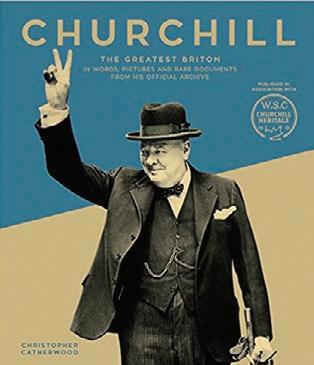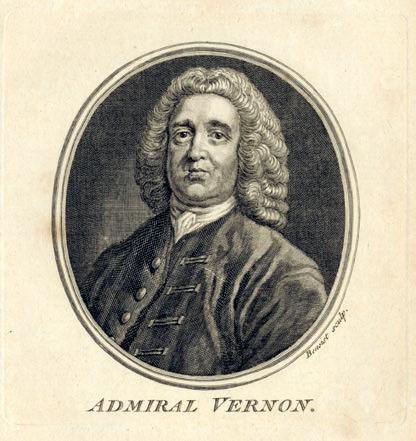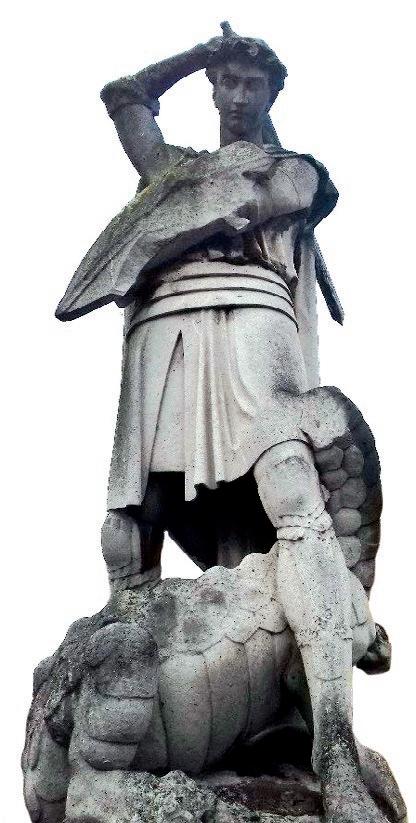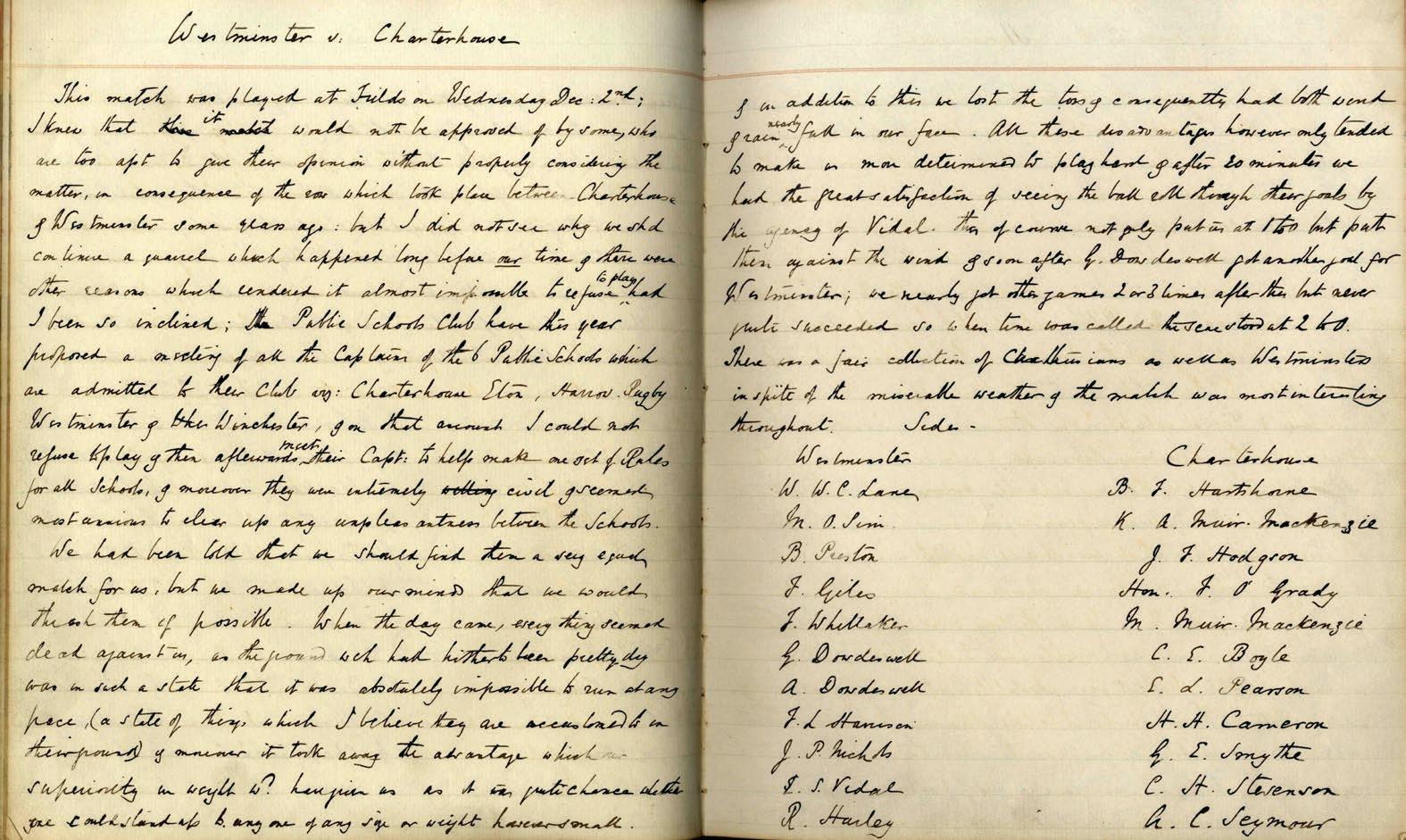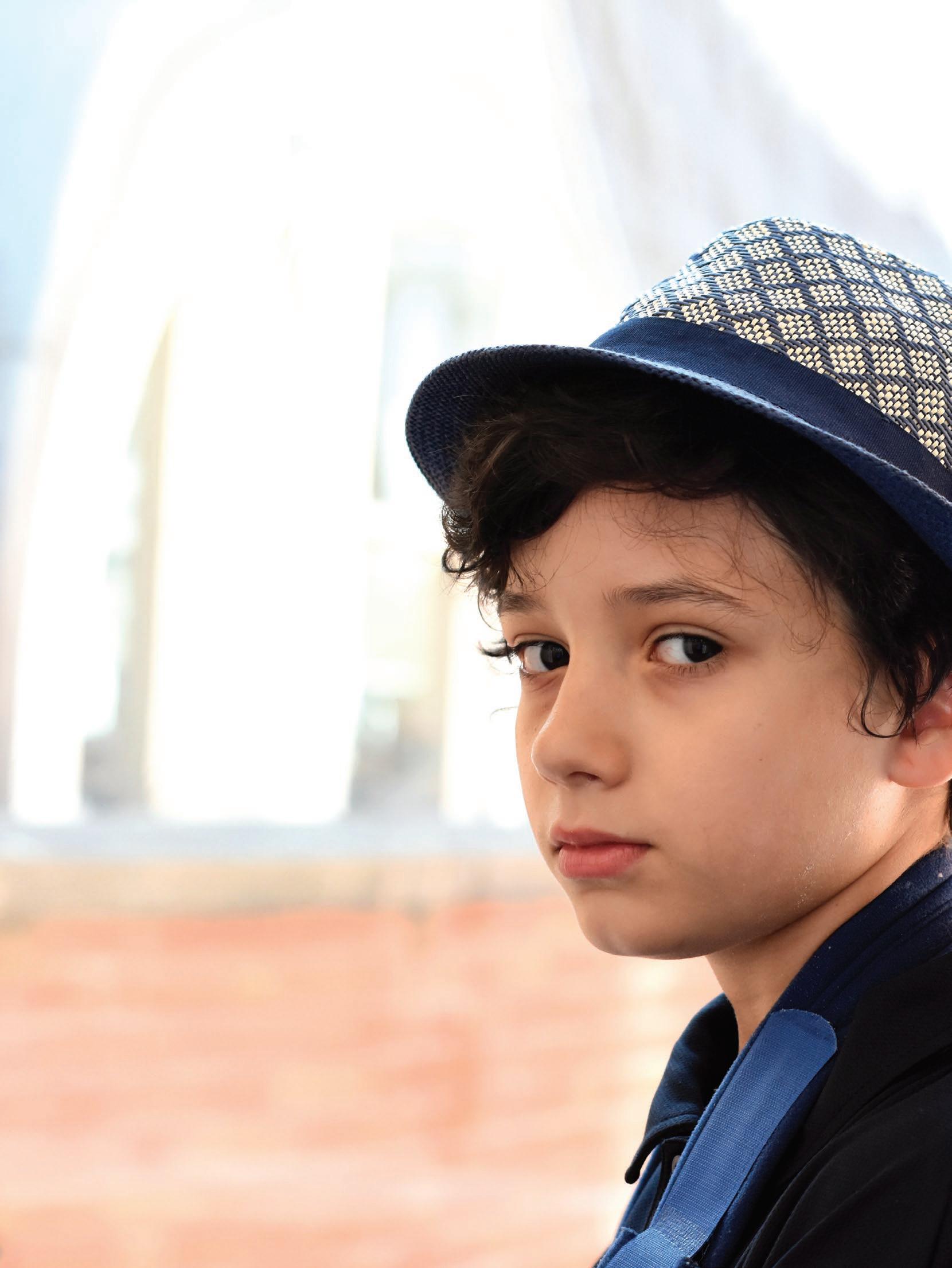
8 minute read
From Little Dean’s Yard to Pyeongchang
It’s safe to say that there isn’t one particular way in which one makes
it to the Olympic stage. Each athlete who succeeds in representing their country at the most prestigious sporting event in the world, has carved their own path toward the ultimate goal of an Olympic medal. OW Dom Parsons (HH, 2001-06) is no different. After winning Team GB’s first medal of the Pyeongchang 2018 Winter Olympics with bronze in the Men’s Skeleton, Dom became the first British male to win a Skeleton medal since John Crammond in 1948.
Advertisement
Dom sporting his Olympic bronze medal in Pyeongchang. © Photograph: Team GB/Andy Ryan

It’s been a few months now since the Games. Do your feet feel like they’ve had a chance to touch the ground again yet?
I’m back at university now cracking on with my PhD; since the Games I’ve found that getting my brain back into an academic gear has proven to be a bit of a challenge. I’ve been doing my PhD part time for about five years, with six months of each year focused on academics and six months training and taking part in the Skeleton season. Whereas the PhD has suffered a little bit recently, there’s a bit of time now where I can focus on it and it’s much easier to fit training around a self-guided PhD than a rigid undergrad timetable!
The Skeleton is quite a niche sport. How did you get introduced to it and what made you want to compete at the highest level?
I hadn’t heard much about it before coming to study here at the University of Bath. I’m incredibly lucky that Bath is the home of the National Federation of Skeleton. I’d been really keen on sport throughout my school years and was a pretty decent 400m runner. I’d joined an athletics training group when I first arrived at uni and one of the athletes who trained with us was part of the British Skeleton team. He invited our group to have a go on the push track in Bath and it was an experience that I really enjoyed! From there, I became annoyingly enthusiastic about the sport and was invited to a push track competition along with the GB team, which I ended up winning. This caught the attention of the National Federation officials who were there and they took me on the ice for the first time in Norway later that year. The more I learnt about the sport, the more I loved it. It contains all the things in sport that excite me: the explosive power at the start, the analytical side of the technology and equipment that you use, and the skill side of the driving down the track. I’ve always been into driving and fast cars and although this is definitely a very different style of driving, it’s the same sort of thrill. How do you deal with nerves and performance anxiety when performing at such a high level? Do you have a specific mantra or set of exercises to mentally prepare yourself for the run?
There’s a lot of preparation that we do throughout the summer as well as right before a race. There are a certain set of processes that we put in place that influence everything that we do from starting a warm up to pushing off from the blocks. Obviously at the Olympics, it’s a much bigger race than a World Cup or World Championship competition. At Sochi in 2014 it was the atmosphere and sense of occasion that really pumped me up for the race. In the year or so before Pyeongchang, I didn’t feel quite as much anticipation for races – I did start to wonder if I was going to feel that thrill anymore. However, as soon as we got on the bus at Pyeongchang for the first day of the race, I could feel the nerves very strongly – it was almost a welcome feeling! It helps my performance to have that feeling: it gets the adrenaline going, ready for competition. ➽
I also developed some different spikes for wearing during my race. The standard shoes we are given don’t have great stiffness properties and I thought it would be advantageous to have shoes more similar to those of the top-level sprinters... they were the shoes I wore when I won my medal. I’d like to think that they gave me an advantage in the race!
In the last week or so leading up to Pyeongchang, when you were in the Seoul training camps, you had some trouble with a strained adductor muscle. After an injury like that, how do you manage to keep your focus and avoid psyching yourself out?
It was only about 12 days before my race, so the injury was a big worry! It did affect a lot of the physical prep leading up to the event. My first high intensity effort on it was only two days before my race and I didn’t really know how it was going to handle that level of intensity. In the prep days leading up to the race, I focused more on the sliding aspect of the run, so when it came to race day I knew that that part of my run would be strong. Luckily, my adductor was okay once it actually came to the race. It did affect my push times a little but it didn’t manage to ruin my medal chances.
Can you remember what you were thinking at the moment when you realised that you’d won the bronze?
At the end of the race, on my last run, I made a couple of mistakes near the bottom which probably cost me about 1/4 of a second on my overall time. All I could see looking up was the board which said total time and position. I knew I had dropped behind the Russian athlete who had gone before me and I knew that the athlete going after me was a Latvian guy, who has won pretty much everything except an Olympic Gold medal. When the Latvian crossed the finish line, the Russian athlete started to celebrate and turned to me and said “You’re third!”. He didn’t speak much English at all, so I didn’t want to make an idiot of myself by celebrating if I had come fourth. I couldn’t see any score boards and I was being told that I had come third, so I trusted the officials. It wasn’t until a little later on that I found out that I was only behind the silver medalist by 2/100ths of a second! After the race there’s a mad rush of activity that takes place, anti-doping tests, sled checks and media interviews etc, so the medal ceremony wasn’t until 7 hours after the race had finished!
You’re currently studying for your PhD in Engineering at the University of Bath. Have you found that your academic studies have had any influence on your development in the Skeleton?
I have applied my engineering background to my performance in the last few years, working on the sled and the runners. I also developed some different spikes for wearing during my race. The standard shoes we are given don’t have great stiffness properties and I thought it would be advantageous to have shoes more similar to those of the top-level sprinters. I used a toprange sprint spike as a template and shaved off all of the bottom to make it a flat surface and then designed some spike plates that would be suitable for running on ice. I did a lot of research into the properties, materials and designs of sprint spikes that track athletes use. I made about six pairs or so, and they were the shoes I wore when I won my medal. I’d like to think that they gave me an advantage in the race! My engineering background gave me the skill set that I needed to make those advancements. A few people noticed my shoes in Pyeongchang, but luckily they soon realised that Adidas weren’t supplying me with any special stuff!
I’ve also been tremendously well supported by my sponsors, Bromley Sports. They’re world leaders in Skeleton sled development and production. It’s wonderful to work with a team who continually drive for innovation, in both their Olympic Skeleton sled performance and their recreational range of products. Sponsorship from Bromley Sports has had a huge impact on my performance over the last few seasons and I’m thrilled to be involved with their development of the next iteration of Skeleton sleds.
What impact did your years at Westminster have on you?
My time at Westminster equipped me with fantastic foundations for furthering my education – everyone who comes to the School is fortunate enough to experience an incredibly rigorous and quality academic education. Having the skills to really study well and perform well in exams was incredibly important once I made my way to the University of Bath. In my first year of university, much of the content for my Maths courses had already been covered in my final year at Westminster!

The medal ceremony where Dom was awarded his bronze medal. © Photograph: Team GB/Andy Ryan
Do you have a particular memory from school that stands out in your memory?
In no way would I encourage this particular incident to be repeated, but I have a stand-out memory from ‘Muck Up Day’ – it caused a bit of a security scare. There was an idea from some of the boys to bring in some smoke bombs, similar to the kind you’d find when Paintballing. Somewhere between 50-100 smoke bombs made their way into Little Dean’s Yard on this particular day. When Big Ben struck a certain time, everyone ignited their smoke bombs and dropped them into Yard… it looked a bit like a battlefield! The School was evacuated and there was a bit of a scare due to the proximity to the Abbey and Parliament. I don’t know if the ringleaders were found and, before you ask, I don’t know who they were!
Will we be seeing you in Beijing 2022?
It’s definitely a goal and I had a review meeting with the coaches and British Skeleton Federation about this yesterday. I think there was a lot of untapped potential in my performance at Pyeongchang, especially due to my injury. If I can focus on just Skeleton for the next few years I could possibly do even better in Beijing. So, fingers crossed! ■


